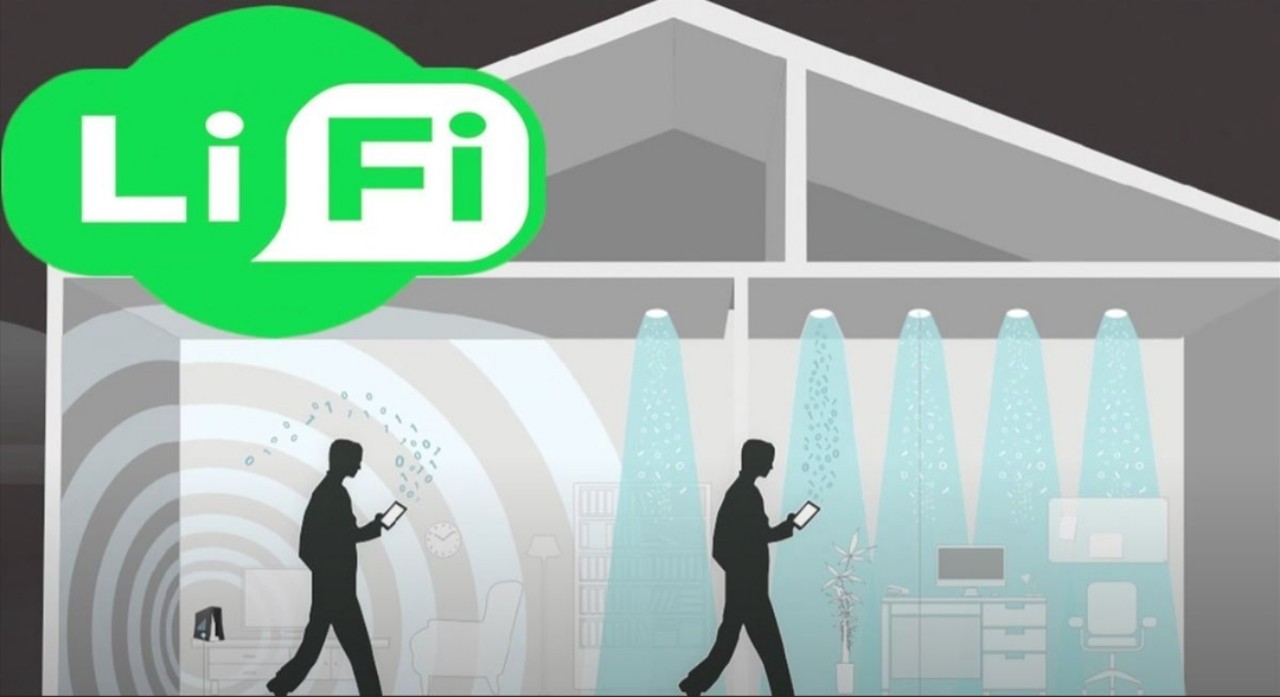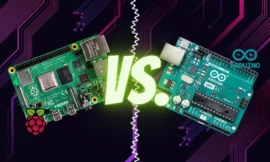The world of wireless communications is about to take a giant leap forward. The Institute of Electrical and Electronics Engineers (IEEE) has released the 802.11bb standard for light-based wireless communications, known as Li-Fi. This technology promises to be 100 times faster than current Wi-Fi and offer superior security.
What is Li-Fi?
Li-Fi, or Light Fidelity , is a wireless communication technology that uses visible, ultraviolet, and infrared light for data transmission. Unlike Wi-Fi, which uses radio frequencies, Li-Fi uses light, which can deliver significantly higher data rates.
Advantages of Li-Fi
The main advantage of Li-Fi is its speed. It is said to be 100 times faster than Wi-Fi, making it ideal for applications that require a large amount of data transmitted at high speed. Additionally, Li-Fi can offer greater security than Wi-Fi, as light cannot pass through walls, reducing the chance of data being intercepted.
Li-Fi applications
Li-Fi can use a building’s existing lighting infrastructure for data transmission, without causing visible flickering in the lights. This means that it can be implemented at minimal cost and without the need to install new infrastructure.
The future of Li-Fi
With the publication of the IEEE 802.11bb standard, manufacturers can begin to integrate Li-Fi technology into their products. A broader range of Li-Fi network devices and user devices that support the standard are expected to emerge between now and the upcoming Mobile World Congress (MWC) in February.
Despite its advantages, Li-Fi is not expected to replace Wi-Fi or 5G, as radio waves have advantages in terms of transmission through the atmosphere and opaque objects. However, Li-Fi has the potential to complement these technologies and offer yet another option for wireless connectivity.


